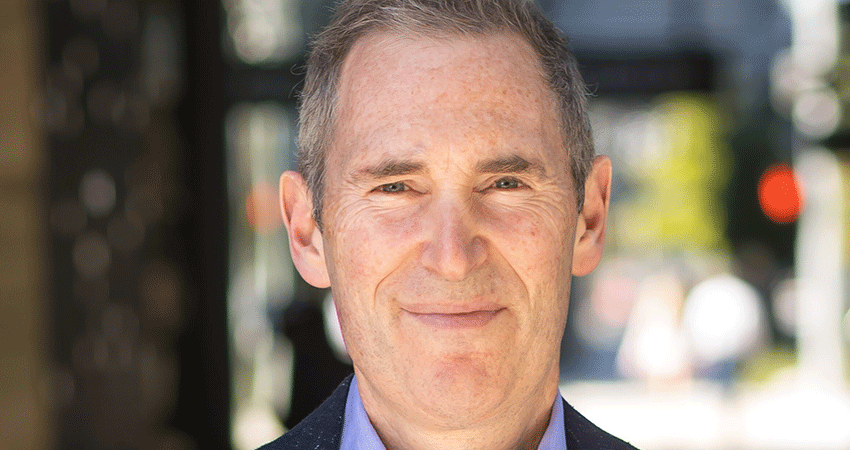Amazon CEO Andy Jassy kept a positive tone while running down ways that Amazon has had to scale back its business to accommodate shifting conditions in his second annual shareholder letter, including reducing and reconfiguring its fulfillment network and dealing with a slowdown in cloud computing.
The company is also trying to figure out a physical grocery model that works, Jassy said, as it has cut back its Amazon Fresh and Amazon Go footprint this year.
The CEO did not directly address massive layoffs at Amazon to right-size the business, 27,000 to date, except to play up a continuation of long-term investments that will benefit customers, shareholders and employees.
“Change is always around the corner,” Jassy said in the letter. “Sometimes, you proactively invite it in, and sometimes it just comes a-knocking. But, when you see it’s coming, you have to embrace it. And, the companies that do this well over a long period of time usually succeed. I’m optimistic about our future prospects because I like the way our team is responding to the changes we see in front of us.”
In the midst of scaling back its ambitious over-build of the fulfillment network to meet pandemic demand in 2020 and 2021, Jassy said Amazon has been transitioning from a national to a regional distribution model. He said this shift of inventory allocation, using machine learning algorithms to predict demand patterns, has lowered costs and improved service levels. There are now eight regional centers fulfilling the majority of orders in each area.
Between 2022 and 2023 to date, Amazon has delayed or canceled 130 facility projects totaling 76.2 million square feet, according to Marc Wulfraat of MWPVL International, saving an estimated $9.1 billion in capital expenditures.
“We’ve recently completed this regional rollout and like the early results,” Jassy said. “Shorter travel distances mean lower cost to serve, less impact on the environment and customers getting their orders faster.” He added Amazon is seeing more same- and next-day deliveries as it invests in that area, and is on track to have the fastest Prime delivery speeds in 2023.
In 2022, Amazon’s fulfillment costs increased 12.2% to $84.3 billion, about the same rate of change as overall operating expenses, while net sales grew at a slower 9.4% clip, contributing to a net loss of $2.7 billion. It was a precipitous fall from net income of $33.4 billion in the prior year.
Amazon continues to try to figure out a more successful model to tackle the $800 billion U.S. grocery market, Jassy said. The company has been pulling back on Amazon Fresh and Go stores.
“Whole Foods is on an encouraging path, but to have a larger impact on physical grocery, we must find a mass grocery format that we believe is worth expanding broadly,” he said. “Amazon Fresh is the brand we’ve been experimenting with for a few years, and we’re working hard to identify and build the right mass grocery format for Amazon scale. Grocery is a big growth opportunity for Amazon.”
Concerning Amazon Web Services, a reliable profit engine where the company saw a slight drop in Q4 operating income, Jassy said the unit is encountering “short-term headwinds” as businesses pull back spending. He added that the very elasticity of the cloud model enables clients to easily dial back investments and gear up again when conditions improved.
“In AWS, like all our businesses, we’re not trying to optimize for any one quarter or year,” Jassy said. “We’re trying to build customer relationships (and a business) that outlast all of us. … Many of these AWS customers tell us that they’re not cost-cutting as much as cost-optimizing so they can take their resources and apply them to emerging and inventive new customer experiences they’re planning.”

